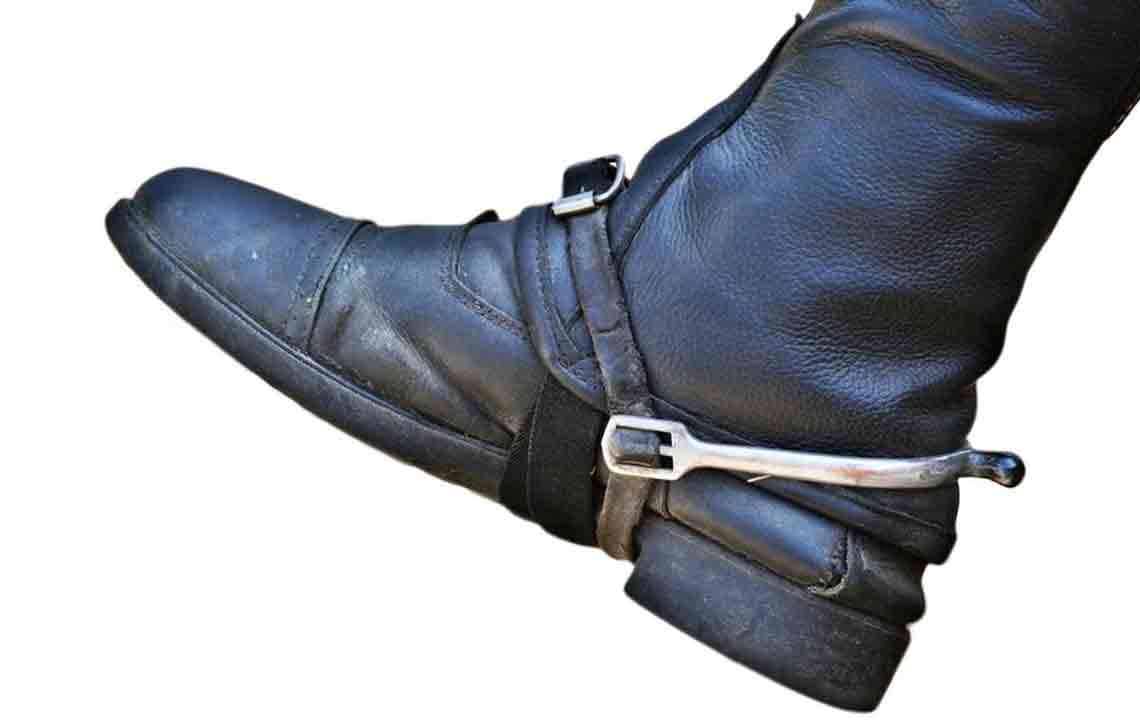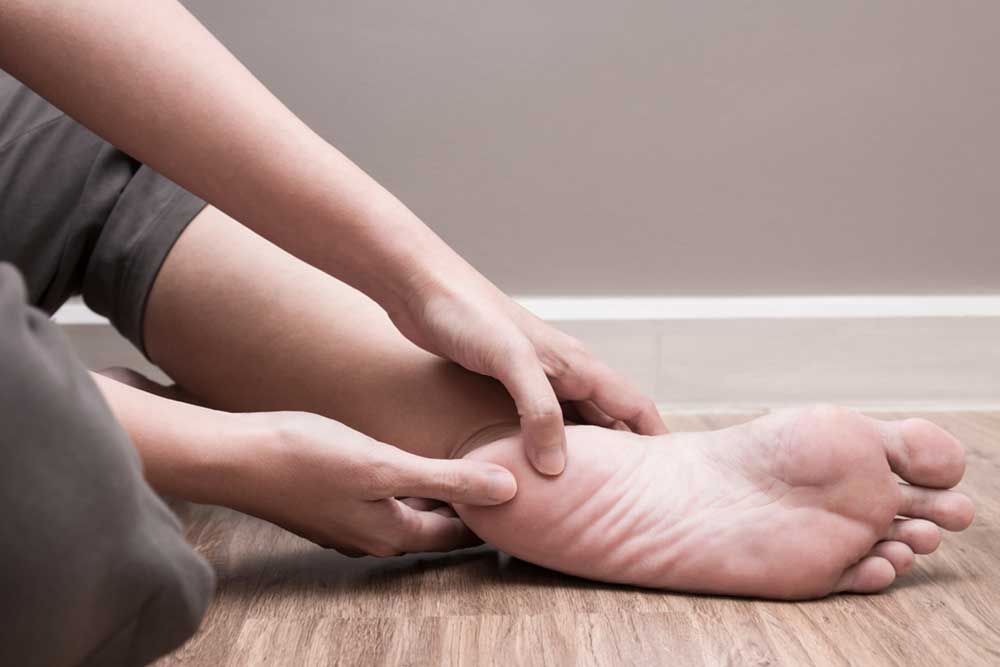Essential Tips for Selecting Heel-Pain Relief Footwear
Discover expert tips on selecting footwear that alleviates heel pain. Learn about key features such as support, materials, and proper fit to help reduce discomfort and improve mobility. Find suitable styles and brands designed for heel pain relief, ensuring comfort and health with every step.

Heel discomfort is a common issue, especially among women, often caused by conditions such as Achilles tendinitis—pain at the back of the heel—or plantar fasciitis, which results in pain on the underside of the heel. Other contributing factors include heel spurs, stress fractures, rheumatoid arthritis, bone growths, or tendon injuries. While severe conditions are uncommon, heel pain can interfere with daily activities. Wearing appropriate shoes plays a crucial role in alleviating discomfort and maintaining mobility, allowing sufferers to stay active comfortably.
Choosing the correct footwear is essential for managing heel pain effectively. Supportive shoes reduce strain and improve walking comfort. Since foot shapes vary, selecting footwear tailored to individual needs—such as different support features for Achilles tendinitis versus plantar fasciitis—is important. Consulting a podiatrist ensures proper diagnosis and personalized advice. Brands like Alegria, Orthofeet, Vionic, Dr. Comfort, and ASICS manufacture stylish shoes that combine aesthetics with necessary support for heel pain sufferers.
When selecting shoes, consider these key features to prevent worsening heel discomfort:
Choose shoes made from durable, high-quality materials
Low-quality materials lack durability and support, potentially aggravating heel pain. Opt for shoes that offer firm heel stability, minimal midsole twisting, and flexible toes for overall comfort.
Prefer laced shoes over slip-ons
Laced footwear provides a better fit, allowing you to tighten and secure your foot. Slip-ons can become loose, resulting in instability and increased heel strain. For optimal foot support, always select shoes with laces.
Avoid stilettos and narrow heels
High heels, particularly stilettos, exert excessive pressure on the front foot, tightening the plantar fascia and calf muscles. Instead, choose block heels, flats, wedges, or supportive boots that are both stylish and gentle on your heels.
Be cautious with flat shoes
Flat shoes often lack proper arch support, making the foot work harder and increasing stress on the plantar fascia. This can lead to heel spurs requiring surgical intervention. Use insoles designed for support if flats are preferred.
Always check the stability and motion control features of shoes before buying. Try them on to ensure they provide adequate heel support tailored to your specific needs.


